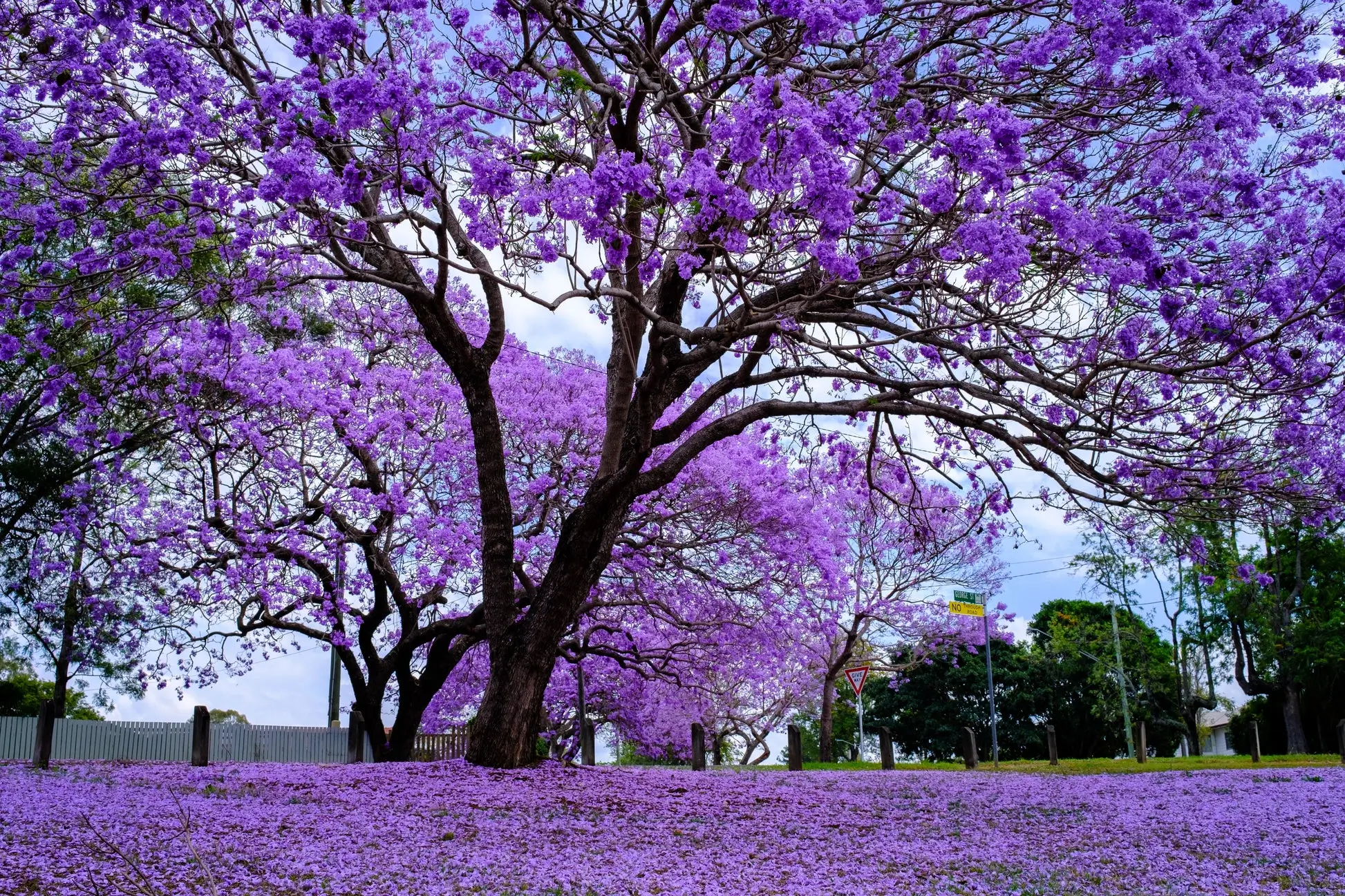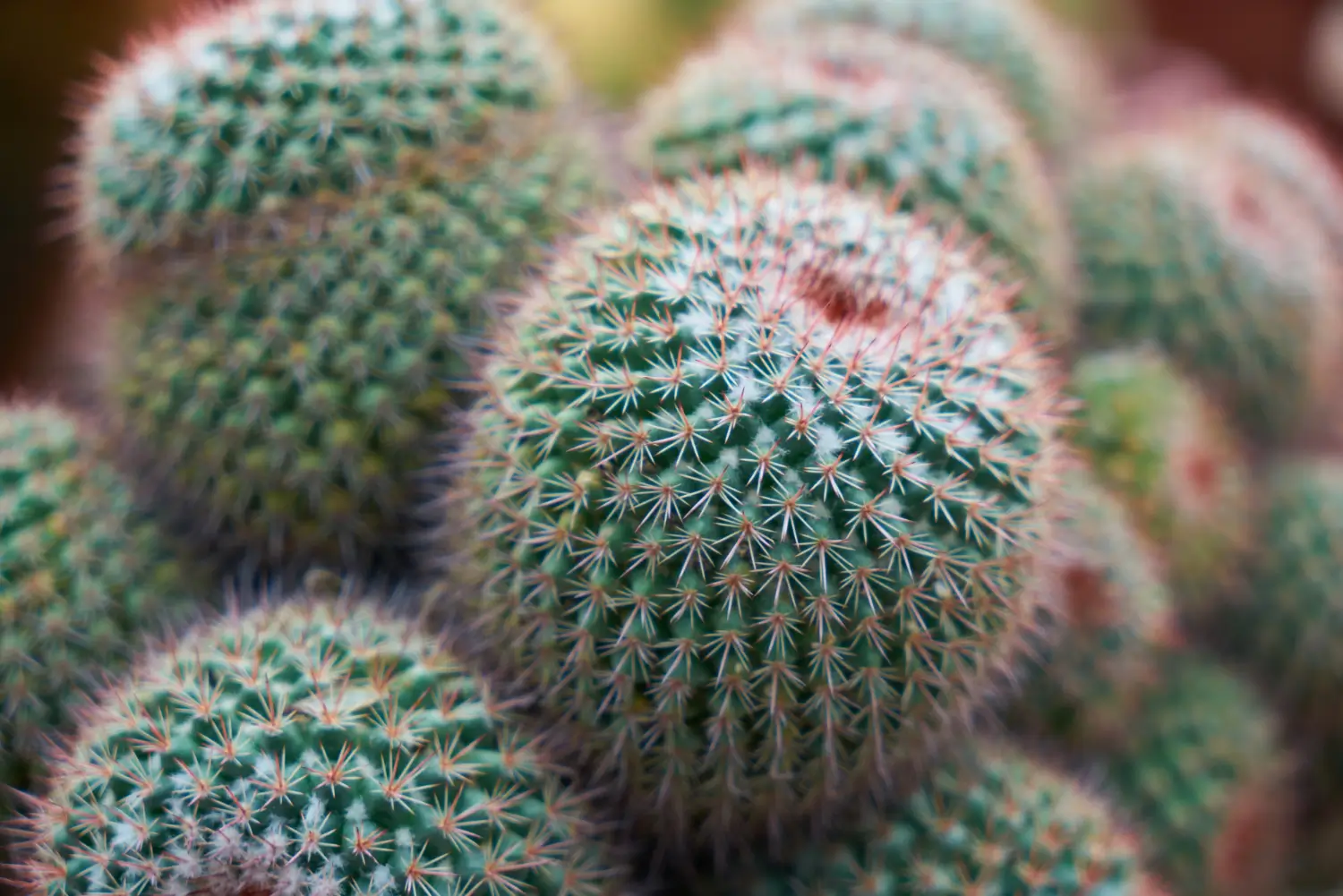
Soil Health & Fertilization
We unite suppliers and green industry professionals worldwide
The Jacaranda tree is more than just an aesthetic spectacle; it also provides extensive shade and brings a tropical vibe to your garden.
By Victor Miller
|Published on June 11, 2025


Have you ever wanted a tree that could burst with color, making your garden a riot of color and scent? The Jacaranda Tree does exactly that, exploding in stunning beauty with its massive purple blossoms.
A favourite in springtime, Jacarandas are a world-wide popular tree, always bringing colour and elegance to any outdoor landscape. The Jacaranda tree is more than just an aesthetic spectacle; it also provides extensive shade and brings a tropical vibe to your garden. If you’re ready to enhance your outdoor space with this one-of-a-kind, eye-catching tree, read on to find out how to grow and care for it.
What is Special About The Jacaranda Tree?
| Scientific Name | Jacaranda mimosifolia |
| Common Name | Jacaranda |
| Bloom Season | Spring to early summer |
| Height | Can grow up to 40 feet tall |
| Flower Color | Lavender, purple, blue |
| Hardiness Zones | 10-11 |
| Foliage | Bright green, fern-like |
| Toxicity | Non-toxic to pets |

September 25, 2025
9 minute read
September 24, 2025
9 minute read
September 23, 2025
10 minute read
September 22, 2025
9 minute read


Join as a seller and connect with thousands of B2B buyers nationwide!
Sign Up

Xyris
Xyris (Xyris spp.), also known as Yellow-eyed Grass, is an attractive perennial native to wetlands and marshes.

African Spear Plant
The African Spear Plant (Sansevieria cylindrica), also known as cylindrical snake plant or spear sansevieria, is a hardy, architectural succulent native to Angola.

Ball Cactus
The Ball Cactus (Parodia magnifica and related species in the Notocactus group) earns its name from its globe-like form and neatly spaced ribs, giving it the appearance of a botanical sculpture

Balloon Flower
The Balloon Flower (Platycodon grandiflorus) is an easily grown perennial that presents its balloon-like buds, which erupt into 5 petaled star shaped flowers
Even though Jacaranda trees have a reputation for being low-maintenance, they really do best when given the right care. Their vivid purple blossoms require the right light, soil and water to thrive. Set these conditions and your Jacaranda will reward you with glorious blooms season after season. So let’s take a look at the basics of Jacaranda care.
Jacaranda trees are sunholics and need full sun to do well. They need a minimum of 6-8 hours of direct sunlight daily in order to blossom to their fullest potential. Without adequate sunlight, they can become leggy and sparse on the flowering front, constraining their bright show. Grow towards a sunny area to make them happy.
The Jacaranda prefers well-draining, somewhat acidic soil, but it is adaptable to different types of soil. Dark, loamy soil is great for root development but waterlogged ones can lead to root rot. Ensure your soil holds moisture but is not saturated for optimal results. Adding organic compost promotes soil structure and fertility.
Jacarandas require regular watering, particularly in their growing season. Water thoroughly once a week, so that the soil is moist, but not wet. In dry climes, increase watering frequency in hot months. Be careful not to overwater, though, as this can cause root rot and other fungal diseases. Best results will come when the soil dries a bit between waterings.
Jacaranda tree needs pruning to retain its shape as well as for healthy growth. Though it’s a low-maintenance tree overall, removing dead or damaged wood can help prevent disease and encourage stronger branches. Prune the tree in late winter or early spring, before new growth starts.
Begin by cutting dead or diseased branches back to their base. A tree can be shaped by removing branches that are too close and overcrowded. And always use clean, sharp pruning tools to reduce the spread of disease. Jacarandas grow with a graceful, open canopy by nature, so don’t do heavy pruning to force them to conform to a certain shape. Regular pruning also prevents your tree from outgrowing its space or becoming too unruly.
Most common and reliable way to propagate Jacaranda trees is by seeds. Seed propagation is the best way to obtain new plants, although they can also be propagated through cuttings.
To start Jacaranda from seed:
Seeds usually germinate from 3-4 weeks. Once they are big enough, the seedlings are then seeded into the ground or known to other bigger pots.
If you’re short on space or if you want to grow a smaller, portable version of the Jacaranda, try it in a large pot. If you’re planting Jacaranda trees in containers, select one that’s at least 24 inches wide to give the roots plenty of room. The roots of the tree need space to grow, so ensure that the container gives enough room to avoid compacting roots.
Use a well-draining potting mix that still maintains some moisture, and be sure the container has drainage holes to avoid waterlogging. Water often (especially in summer) and let your tree have lots of sunlight. Whereas Jacarandas can grow large in the ground, it important to know that in a pot they will remain more compact and can be moved as desired — so ideal for patios or smaller gardens.
Jacaranda trees do not thrive and require protection in frost-prone areas. If you have Jacaranda in your garden, it can also go outdoors, though if you live in a frost zone, be sure to bring the potted plant indoors over winter or cover it with frost cloth if in the ground.
Most types of Jacarandas are not cold tolerant and can be negatively impacted when temperatures approach freezing. If your tree’s in the ground, you can also protect the roots by adding a thick layer of mulch at its base. In regions with extreme winter conditions, it is wise to plant Jacarandas in containers that can be moved to a protected area during the colder months.
The most popular characteristic of jacaranda trees is their gorgeous flower bloom, which most often takes place in the late spring time to early summer. You will get a profusion of bright purple or lavender trumpet-like blooms that blanket the entire tree and take your breath away.
When in bloom, the Jacaranda’s branches are nearly fully covered with flowers, so it appears as if the tree has been draped in a splendid, purple haze. The flowering season is quite limited, but the view is impressive. To encourage blooms, make sure the tree gets plenty of sun and is well-watered during its growing season. In ideal conditions, a Jacaranda tree can bloom for several weeks, with flowers gradually falling to the ground and creating a beautiful carpet of purple beneath the tree.
Jacaranda trees, no matter how beautiful they are, can suffer from a few common problems, three in particular. These Issues, though minor, still should be corrected for the sake of your tree's health.
Yes, Jacaranda trees are deciduous, which means they lose their fern-like leaves in fall and produce new leaves in spring.
Jacaranda trees grow relatively quickly. Given perfect conditions they can grow 3 feet per year until they reach their full height.
Yes, Jacaranda trees can be grown in large pots, particularly in cooler climates. Make sure the pot is big enough and has proper drainage.
Jacarandas are beautiful but messy with all the fallen flowers and leaves after they bloom. Regular clean-up is mandatory, especially during the flowering season.

Soil Health & Fertilization
Victor Miller

Pest Identification & Prevention
Victor Miller

Lawn Care Tips & Maintenance
Victor Miller

Soil Health & Fertilization
Victor Miller

Smart Irrigation Systems
Victor Miller

Patios, Walkways & Driveways
Victor Miller

Soil Health & Fertilization
Victor Miller

Pest Identification & Prevention
Victor Miller
My Account
Our team is always here to help.
We are open Monday - Friday, 9:00 AM to 4:30 PM PST.